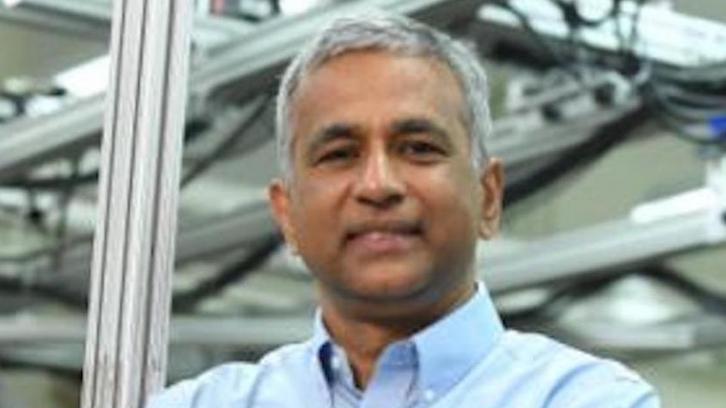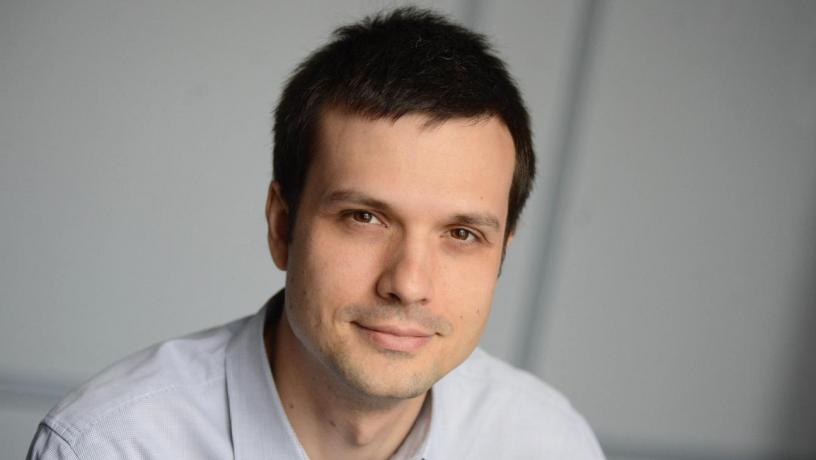BioRob 2020, Hosted Virtually by Columbia University, Was a Success
The international world of biorobotics converged to share cutting-edge research and technical innovations at the 8th IEEE RAS/EMBS International Conference on Biomedical Robotics and Biomechatronics (BioRob 2020), a fully virtual conference hosted by Columbia University on November 29 – December 1, 2020.
Originally scheduled to be held in Columbia University’s Alfred Lerner Hall, the organizing committee decided to shift to a fully virtual format in view of the long-term impact of the COVID-19 pandemic.
Over the three-day conference, 1,600 delegates attended various conference formats including: 200 contributed paper sessions, 2 plenary talks, 6 keynote talks, 7 contributed workshops and tutorials, 3 invited rehabilitation workshops, 2 graduate student lunch panels, exhibitions and a government funding panel. The attendees made oral presentations in podium sessions and workshops through webinars (Zoom), and the poster presentations through virtual rooms (SpacialChat). Recorded webinars and recorded presentations of each contributed paper are available at the conference website.
“The conference went quite well despite the challenging pandemic situation and the unusual conference format,” said Sunil Agrawal, Professor of Mechanical Engineering, Rehabilitation and Regenerative Medicine at Columbia University who served as General Chair of the Conference. “It was amazing to see that the technology worked reliably. Due to the virtual format and the reduced cost involved in organizing the conference, we waived registration fees for all attendees.”
BioRob 2020 is a joint effort of the two IEEE (Institute of Electrical and Electronics Engineers) Societies: RAS - Robotics and Automation and EMBS - Engineering in Medicine and Biology. The conference covers both theoretical and experimental challenges posed by the application of robotics and mechatronics in medicine and biology.
On Day One, workshops were offered in four categories relevant to the field: Robotics and Rehabilitation; Biologically-inspired Robotics; Brain-Machine Interface; and Human Augmentation. Within Robotics and Rehabilitation, leading world experts in rehabilitation robotics held workshops on head-neck control, pediatric walking deficits, and stroke/spinal cord injury impairments.
Day One also featured two plenary speakers: Dr. Daniel Wolpert, who spoke about “Probabilistic Models of Sensorimotor Control and Decision Making,” and Dr. V. Reggie Edgerton, who presented “The Robotic Challenge: Meshing with the Biology.”
Days Two and Three featured several keynote speakers, all leading researchers in their field, who presented topics that ranged from “Identifying Intact Motor Control in Cerebellar Ataxia (Amy J. Bastian, Johns Hopkins) to “Bio-Inspired Soft Robotics” (Daniela Rus, MIT) to “Human-Centered Wearable Robotics: From Land to Underwater Applications” (Qining Wang, Peking University).
The conference also offered lunch panel sessions for women in robotics, graduate students in robotics, and a session on government funding.
“This conference was particularly exciting because it addressed a broad range of topics, and many of the studies were highly interdisciplinary,” says Matei Ciocarlie, Associate Professor of Mechanical Engineering at Columbia who served as Scientific Co-Chair with Elliott Rouse, Professor of Mechanical Engineering at the University of Michigan. “Topics such as biomimetic and soft robots, wearable and rehabilitative devices, human-machine interaction, neuromechanics, and machine learning are truly converging and are pushing each other toward greater discovery and bolder innovation.”
To learn more about BioRob 2020, visit: https://biorob2020nyc.org/

Sunil Agrawal, Professor of Mechanical Engineering, Rehabilitation and Regenerative Medicine at Columbia University, who served as General Chair of the Conference

Matei Ciocarlie, Associate Professor of Mechanical Engineering at Columbia who served as Scientific Co-Chair
